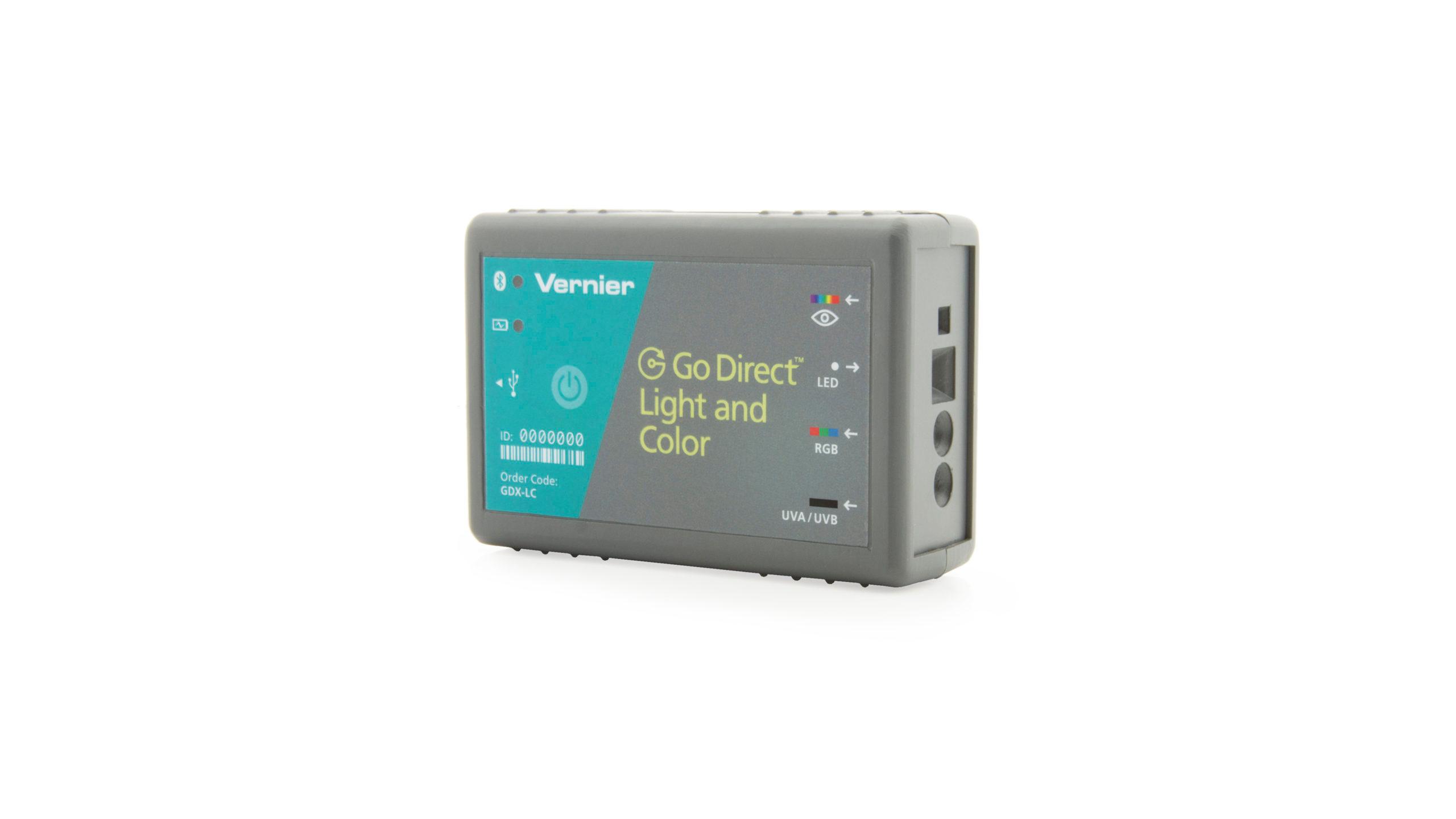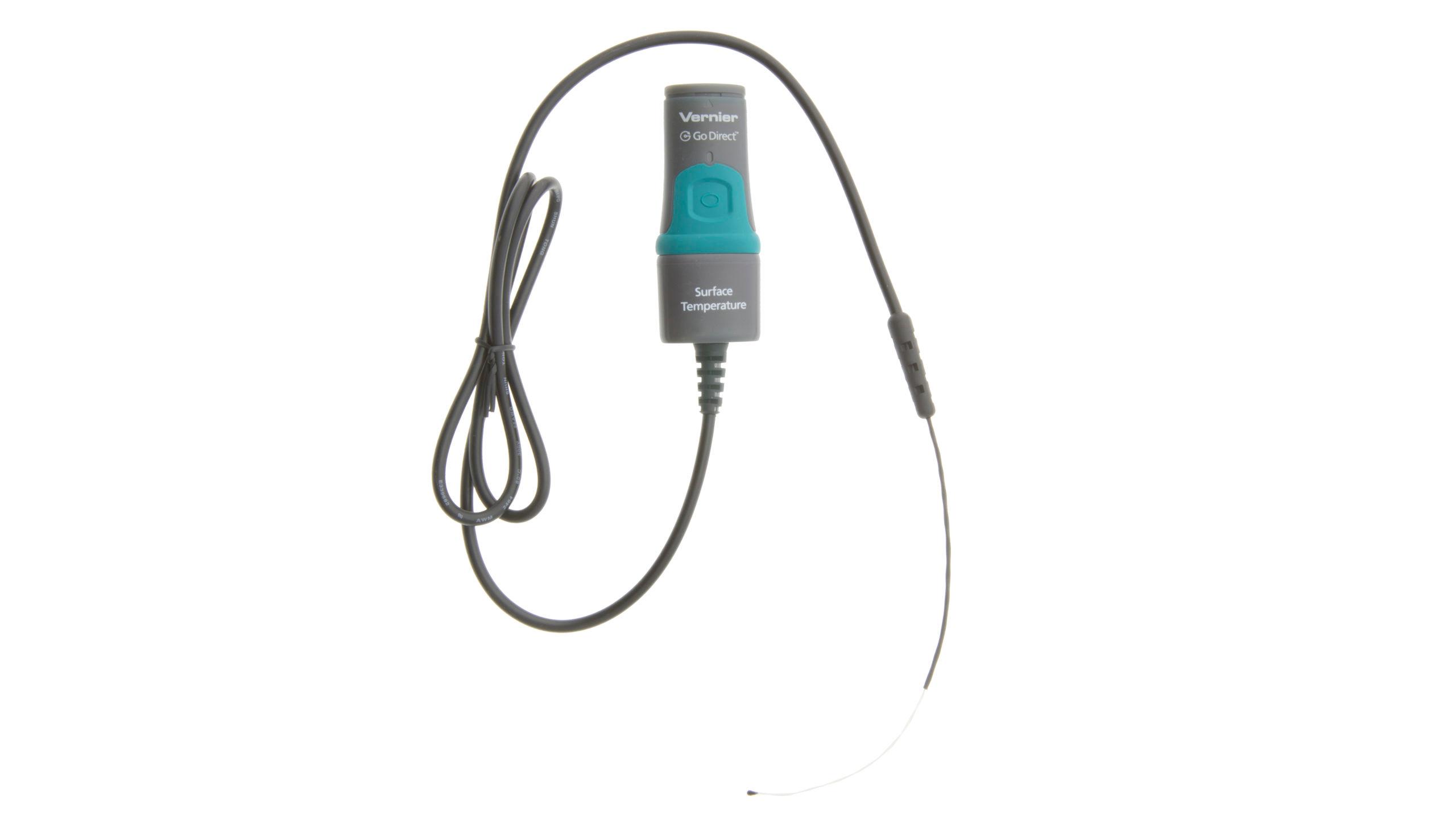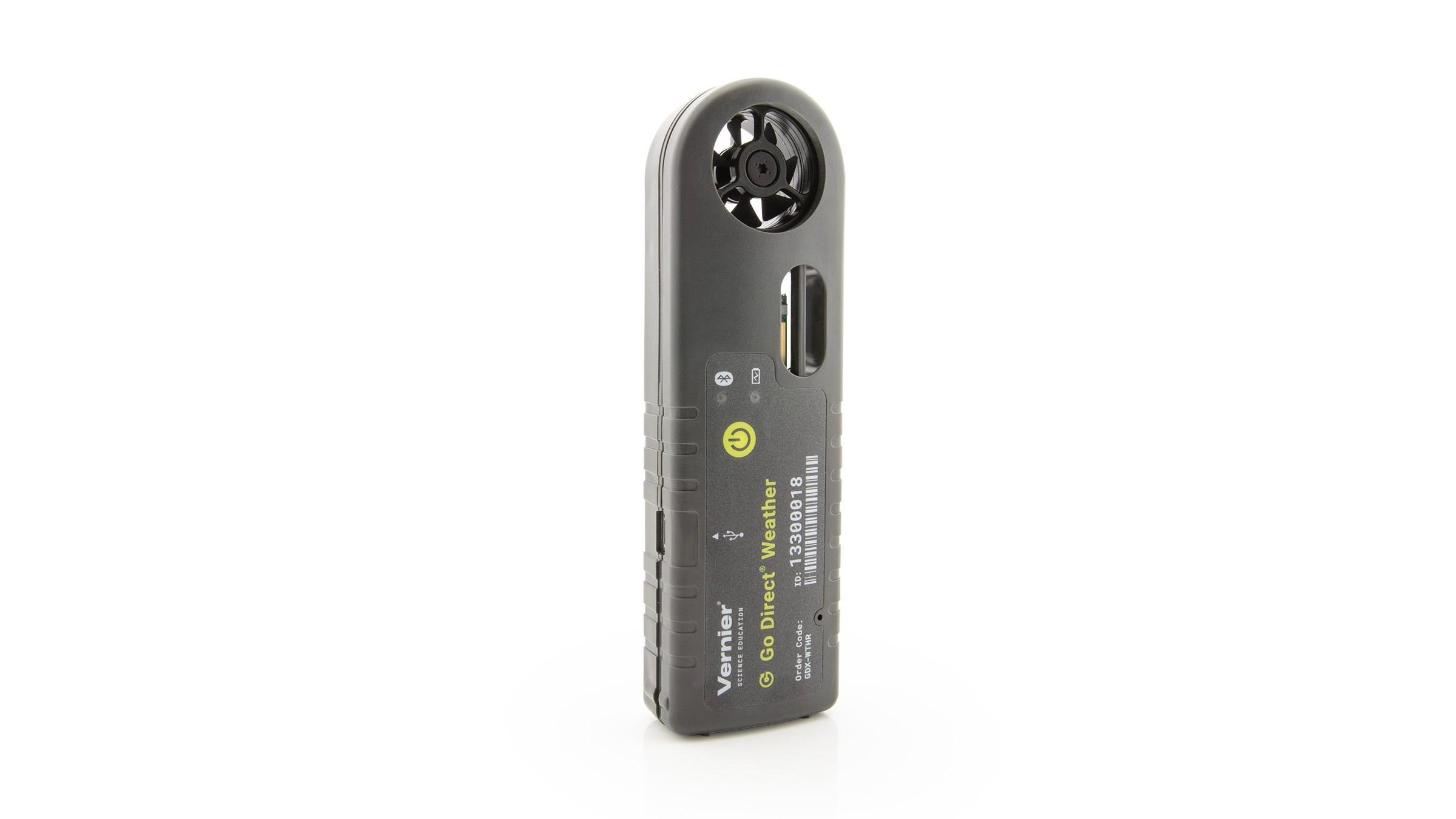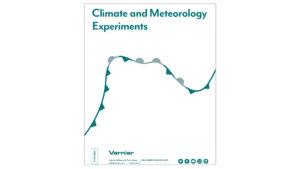Studying Microclimates: Urban Heat Islands
Experiment #11 from Climate and Meteorology Experiments
- Subject
- Earth Science
Introduction
Weather is the current state of the atmosphere at a specific location and time. When you see a weather forecast on television or the internet, it typically includes predicted values for temperature, relative humidity, wind speed, barometric pressure, cloud cover, and chance of precipitation. These values are usually generated by models developed by meteorologists. Looking at the patterns and average readings of weather over time helps establish the climate of an area. Climate is the long term pattern of weather over many years.
When talking about the climate, a region refers to a larger geographical area with similar temperature, precipitation, and other general weather conditions. Within a climate region, microclimates are often present. These are smaller areas that have subtle differences compared to the climate in the larger region. Microclimates are often found in urban areas and near bodies of water.
In urban areas, the most common microclimate phenomenon is often referred to as an urban heat island, characterized by much warmer temperatures in urban areas compared to the surrounding rural areas. The largest difference seen between urban and rural areas is the increased presence of paved surfaces and structures along with a reduced amount of vegetation. Greater pavement and structures have a greater ability to absorb and hold onto solar radiation and have a different albedo than more vegetated areas.
In this investigation, you will choose two unique locations and compare the weather at these two spots to the climate conditions in your area. Since it is not possible for you to gather climate data (due to time constraints), you will extrapolate your findings to compare what you have observed to the overall climate of your region.
Objectives
- Develop a protocol to measure weather conditions at two different locations.
- Collect data and compare to weather forecasts for a period of at least 5 days.
- Extrapolate from your data if your locations could be considered a microclimate compared to your regional climate data.
Sensors and Equipment
This experiment features the following sensors and equipment. Additional equipment may be required.
Correlations
Teaching to an educational standard? This experiment supports the standards below.
Ready to Experiment?
Ask an Expert
Get answers to your questions about how to teach this experiment with our support team.
- Call toll-free: 888-837-6437
- Chat with Us
- Email support@vernier.com
Purchase the Lab Book
This experiment is #11 of Climate and Meteorology Experiments. The experiment in the book includes student instructions as well as instructor information for set up, helpful hints, and sample graphs and data.




